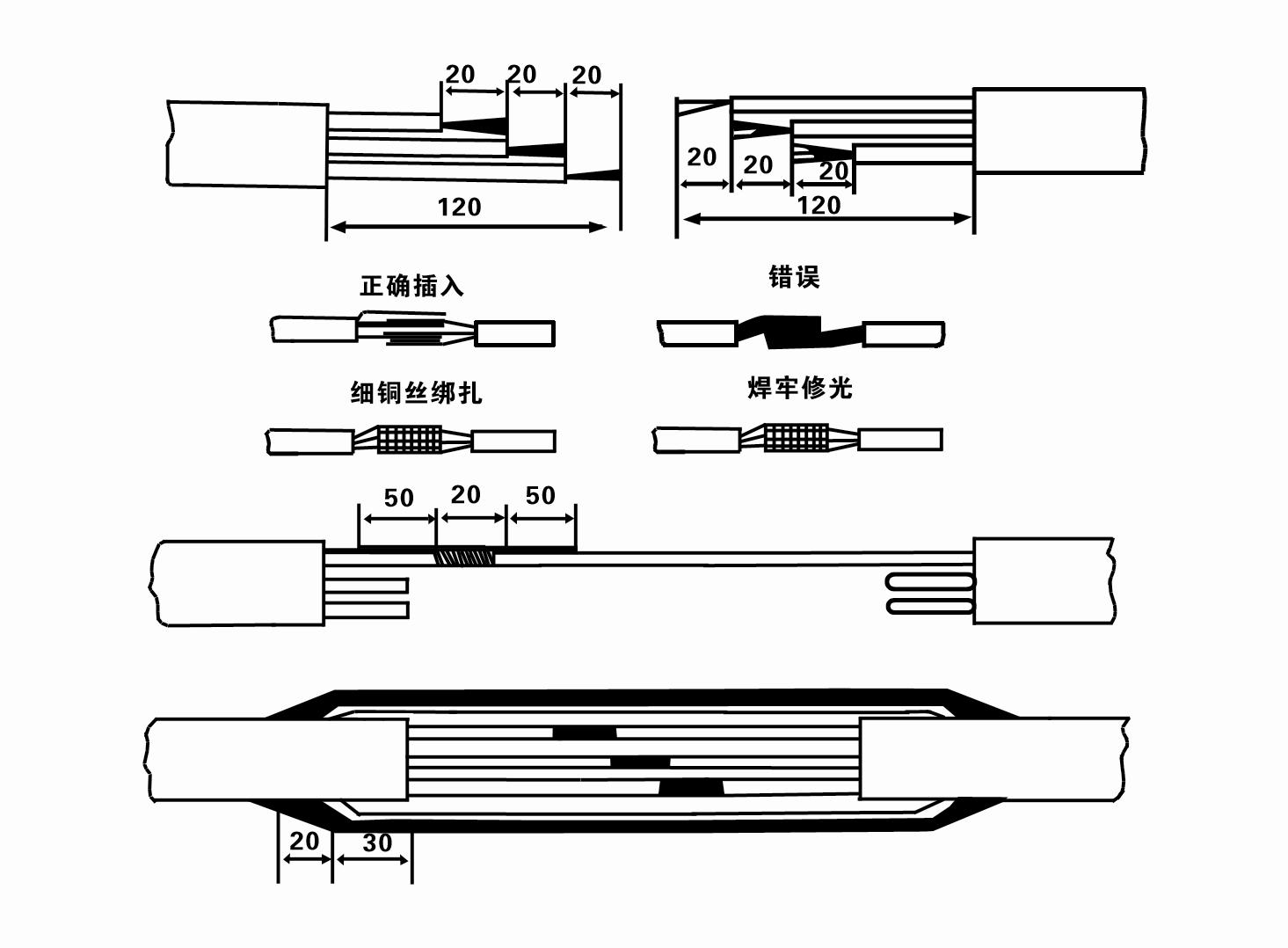Aug . 20, 2024 05:33 Back to list
Cost Analysis of Submersible Motor Wire for Efficient Pump Systems
Understanding the Price of Submersible Motor Wires Factors and Considerations
Submersible motors are integral components in various applications, particularly in the water and wastewater industries, agriculture, and manufacturing. These motors are specifically designed to operate underwater, and their performance heavily depends on the quality of the wires used. The price of submersible motor wires can vary significantly based on several factors, which we will explore in this article.
Composition and Quality of Materials
One of the primary factors influencing the price of submersible motor wires is the material composition. Generally, submersible motor wires are made from high-grade materials like copper or aluminum, which have good conductivity and durability. Copper wires, while more expensive, are preferred for their superior conductivity and resistance to corrosion, making them particularly suitable for underwater applications. In contrast, aluminum wires are lighter and generally less costly but may not offer the same level of performance and longevity.
Insulation Properties
The insulation of submersible motor wires is another critical factor affecting their price. Wires are usually insulated with materials such as PVC, rubber, or thermoplastic elastomer (TPE). Higher quality insulation materials can withstand extreme conditions, including high temperatures and chemical exposure, making them more expensive. The insulation needs to be robust enough to protect the wire from water ingress and other environmental factors, further influencing the overall cost.
Wire Gauge
submersible motor wire price

The gauge, or thickness, of the wire is crucial in determining its price. Thicker wires can carry more current and are often used in larger submersible motors. However, they are also more expensive than thinner wires. The choice of wire gauge depends on the specific requirements of the motor and the application; thus, it's essential for professionals to select the appropriate gauge based on the motor's power requirements and the distance between the motor and the power source.
Certifications and Compliance
Wires used in submersible applications must often meet specific industry standards and certifications to ensure reliability and safety. Wires that are certified for underwater use generally come at a higher cost due to the rigorous testing and quality assurance processes involved. These certifications ensure that the wires can withstand the harsh conditions typical of submersible applications, including pressure, humidity, and potential exposure to chemicals.
Market Trends and Demand
Market dynamics also play a significant role in dictating the prices of submersible motor wires. Supply chain issues, fluctuations in raw material prices, and market demand can all influence costs. For instance, if there is an increase in demand for submersible motors in agriculture or industrial sectors, it may drive up the prices of motor wires as manufacturers struggle to keep pace with the need for quality components. Additionally, geopolitical factors, such as trade policies and tariffs, can impact the availability and price of raw materials, ultimately affecting the cost of submersible motor wires.
Conclusion
In summary, the price of submersible motor wires is influenced by various factors, including the materials used, insulation properties, wire gauge, certifications, and market trends. When selecting submersible motor wires, it's crucial to consider these factors to ensure the optimal performance and reliability of the motors. While it may be tempting to opt for cheaper alternatives to save costs, investing in high-quality wires can lead to significant long-term benefits, including less maintenance, reduced downtime, and improved overall system performance.
-
Submersible Water Pump: The Efficient 'Power Pioneer' of the Underwater World
NewsJul.01,2025
-
Submersible Pond Pump: The Hidden Guardian of Water Landscape Ecology
NewsJul.01,2025
-
Stainless Well Pump: A Reliable and Durable Pumping Main Force
NewsJul.01,2025
-
Stainless Steel Submersible Pump: An Efficient and Versatile Tool for Underwater Operations
NewsJul.01,2025
-
Deep Well Submersible Pump: An Efficient 'Sucker' of Groundwater Sources
NewsJul.01,2025
-
Deep Water Well Pump: An Efficient 'Sucker' of Groundwater Sources
NewsJul.01,2025
-
 Submersible Water Pump: The Efficient 'Power Pioneer' of the Underwater WorldIn the field of hydraulic equipment, the Submersible Water Pump has become the core equipment for underwater operations and water resource transportation due to its unique design and excellent performance.Detail
Submersible Water Pump: The Efficient 'Power Pioneer' of the Underwater WorldIn the field of hydraulic equipment, the Submersible Water Pump has become the core equipment for underwater operations and water resource transportation due to its unique design and excellent performance.Detail -
 Submersible Pond Pump: The Hidden Guardian of Water Landscape EcologyIn courtyard landscapes, ecological ponds, and even small-scale water conservancy projects, there is a silent yet indispensable equipment - the Submersible Pond Pump.Detail
Submersible Pond Pump: The Hidden Guardian of Water Landscape EcologyIn courtyard landscapes, ecological ponds, and even small-scale water conservancy projects, there is a silent yet indispensable equipment - the Submersible Pond Pump.Detail -
 Stainless Well Pump: A Reliable and Durable Pumping Main ForceIn the field of water resource transportation, Stainless Well Pump has become the core equipment for various pumping scenarios with its excellent performance and reliable quality.Detail
Stainless Well Pump: A Reliable and Durable Pumping Main ForceIn the field of water resource transportation, Stainless Well Pump has become the core equipment for various pumping scenarios with its excellent performance and reliable quality.Detail
